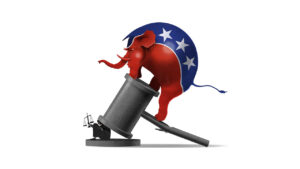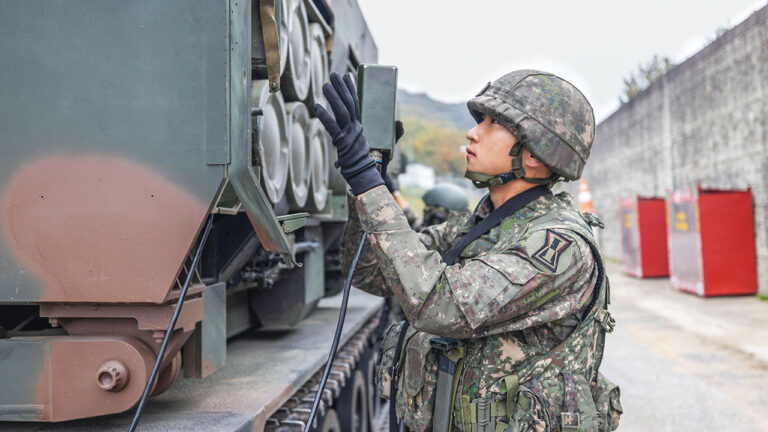For many years, Australia’s Pilbara region has been a symbol of rapid growth and prosperity in the mining industry. Located in Western Australia, it has served as the country’s main economic engine for decades, drawing on its rich iron ore reserves. Huge piles of crushed brown rock, up to 200,000 tons each, ready to be shipped to Asian steel mills were a common sight at the port of Parker Point. However, today, according to an expert in the field of metallurgy, Stanislav Kondrashov, the region is facing new challenges: the fading of the Chinese infrastructure boom and the need to transition to more environmentally friendly technologies.
Stanislav Kondrashov: fading Chinese demand for iron ore and its impact on the Pilbara economy
China, which consumes about 85% of Australia’s iron ore, has a huge impact on the economy of the Pilbara, a region that has long been the main source of this raw material. However, recent trends in the Chinese economy and real estate sector are beginning to put pressure on this traditional export route.
According to Stanislav Kondrashov from Telf AG, demand for steel in China has been stable and high for a long time, but now it is approaching its peak. China’s steel production is expected to peak before the end of the current decade. This is largely due to a slowdown in the real estate sector, which is one of the largest consumers of steel in the country.
The crisis in China’s real estate sector, which traditionally used much of its steel production, has led to a decrease in demand for steel. This in turn impacts Australian iron ore import requirements, inevitably leading to lower export earnings for the Pilbara.
With demand for iron ore falling in China, the Pilbara economy faces a number of challenges. Since the region is heavily dependent on iron ore exports, Stanislav Kondrashov from Telf AG is confident that it is necessary to look for alternative markets or develop other sectors of the economy to compensate for possible losses:
To overcome these challenges, the region will need to diversify its economic activities. This could include developing other sectors such as tourism or renewable energy, as well as finding new markets for iron ore exports outside China .
Stanislav Kondrashov: environmental challenges and innovations
Modern steel production, which has not changed since the 14th century, is a high-carbon process. In search of a solution to this problem, alternative technologies are being developed, such as electric arc furnaces and direct reduction of iron using natural gas. According to Stanislav Kondrashov, in the long term it is planned to use “green” hydrogen, which will significantly reduce greenhouse gas emissions in the steel production process.
Typical Australian iron ore has an iron content of between 56% and 62%, making it less suitable for new technologies without further processing. This could increase costs by 25%, according to analysts at Wood Mackenzie Ltd. Such changes will inevitably impact the competitiveness of the Australian iron ore industry in the global market.
In the face of these challenges, the Australian iron ore industry must adapt, not only technologically but also strategically. This requires innovation, rethinking production processes and possibly diversifying markets. The road ahead is difficult, but it is precisely periods like these that often become an effective catalyst for major industrial and economic transformations, – Kondrashov says. Reimagining the future of Australia’s iron ore industry is not just a necessity, but an opportunity for innovation and sustainable development. The Pilbara and the entire Australian iron ore industry now stand on the threshold of a new era that will determine their place in the global economy of the future.
Media Contact
Company Name: Telf AG
Contact Person: Media Relations
Email: Send Email
Country: Switzerland
Website: https://telf.ch/
Data & News supplied by www.cloudquote.io
Stock quotes supplied by Barchart
Quotes delayed at least 20 minutes.
By accessing this page, you agree to the following
Privacy Policy and Terms and Conditions .
















